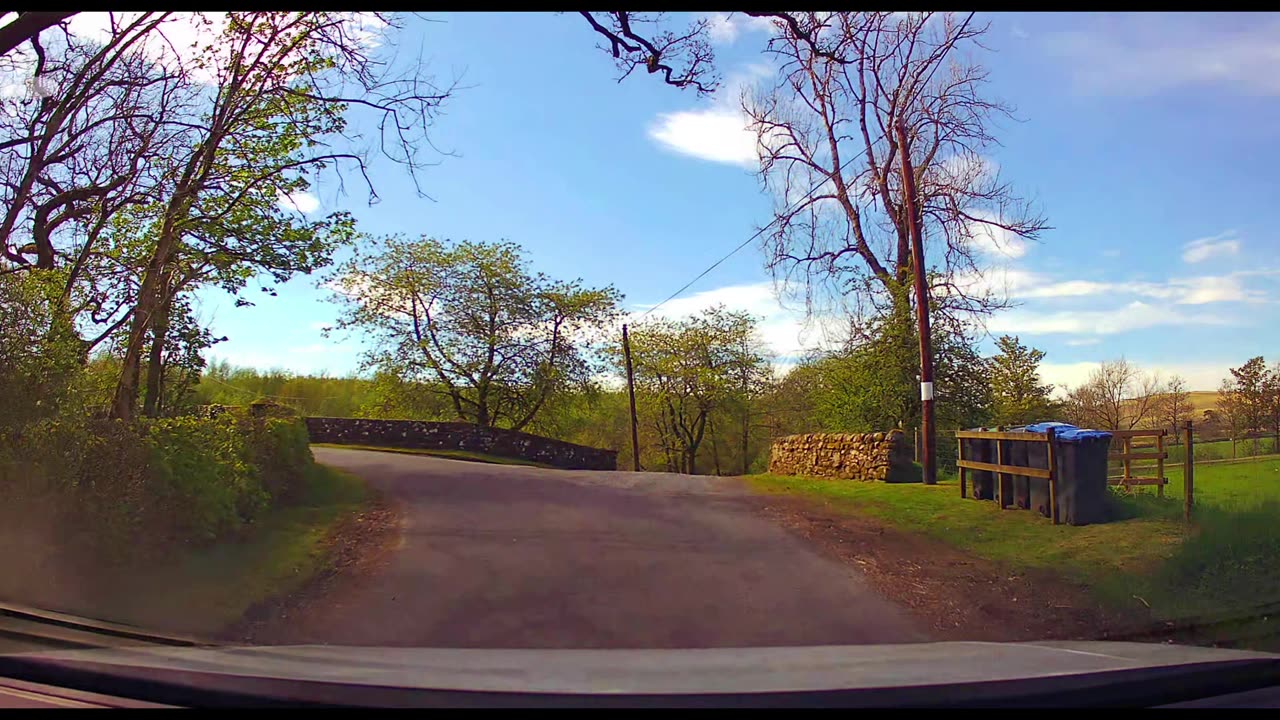Premium Only Content

Roadtrip to Hermitage
a 2 hour drive but worth every minute. I love this place.
Don't forget to watch in the highest quality your device can handle.
The sun played havoc with my cameras but hopefully you will still enjoy the footage.
For most of its 400-year life, the castle was the key to controlling the Scottish Middle March. Known as ‘the strength of Liddesdale’, Hermitage was fought over time and again. Even the building of the castle in the 13th century brought Scotland and England to the brink of war.
English lord Sir Hugh de Dacre began the present castle around 1360. It was transformed beyond recognition by his successor, William, 1st Earl of Douglas, one of Scotland’s most powerful noblemen.
Hermitage was adapted in the 1500s to respond to the threat posed by gunpowder artillery. Gun holes were punched in its thick walls and a massive gun defence was built outside to protect the castle’s western approach.
Hermitage Castle was also the scene of a dramatic episode in the life of Mary Queen of Scots. In October 1566, her trusted noble James Hepburn, 4th Earl of Bothwell, was wounded in a skirmish with reivers (cattle thieves).
On hearing the news, Mary rode out from Jedburgh, a 25-mile journey across difficult terrain.
It has been suggested that her two-hour visit was a secret lovers’ tryst with the man who later became her third husband.
This was almost certainly malicious gossip. Their hasty courtship probably didn’t begin until the following year.
On the gruelling journey back to Jedburgh, Mary’s horse stumbled, throwing her into a bog, (the location near Windy Edge is now called Queen's Mire) from which she contracted a fever.
She was confined to bed in Jedburgh for a week, and it was said she was fortunate to recover from her ordeal.
You can visit the property that Mary stayed at in Jedburgh, I filmed this a few years ago.
Hermitage lost its strategic importance in 1603, when Mary’s son James VI of Scotland also became James I of England.
Abandoned by its noble owners, the castle was left to decay. In the 1800s, however, new owner the Duke of Buccleuch and Queensberry was inspired to preserve the haunting ruin for posterity.
This curiously named fortress is named for a hermit, a holy man, who "dwelt by Liddel Water", in the wild and remote hills of Liddesdale between Scotland and England.
These border lands were a constant scene of violent raid and counter-raid throughout the medieval period.
Just a note..... the metal staircase which is blocked off is apparently now too steep for health and safety regulations lol so until they come up with an alternative the rooms at the top are out of bounds even though people have used them for many years.
I wonder who gets paid to think of these idiotic ideas :)
-
 LIVE
LIVE
SpartakusLIVE
4 hours agoNEW Easter Egg, SPECIALIST || Duos w/ @GloryJean followed by quads later!
173 watching -
 1:40:06
1:40:06
Glenn Greenwald
4 hours agoAaron Maté and Special Guests on the U.S. Role in Ukraine, Gaza's Future & More | SYSTEM UPDATE #462
125K72 -
 3:49:09
3:49:09
Nerdrotic
7 hours ago $15.48 earnedSuperman's James Gunn Reshoots, Harry Potter DOA! R.I.P. Winds of Winter | Friday Night Tights 356
91K10 -
 LIVE
LIVE
DasNello
1 hour agoLADIES AND GENTLEMEN, I PRESENT ELDEN RING NIGHT REIGN!!!
253 watching -
 LIVE
LIVE
tacetmort3m
1 hour ago🔴 LIVE - LAST STREAM BEFORE DUNE? - NO MORE ROOM IN HELL 2
54 watching -
 1:14:57
1:14:57
Sarah Westall
4 hours agoGame Changing Peptide Increases Immunity 50 to 100x Better than Nutrition Alone w/ Dr. Diane Kazer
26K4 -
 9:14:52
9:14:52
Dr Disrespect
11 hours ago🔴LIVE - DR DISRESPECT - WARZONE - SNIPING AND WINNING
197K14 -
 2:13:56
2:13:56
Barry Cunningham
6 hours agoBREAKING NEWS: PRESIDENT TRUMP GIVES SPEECH AT PITTSBURGH RALLY!
40.9K22 -
 LIVE
LIVE
VapinGamers
2 hours ago $0.21 earned📣 Fortnite Family Night, No Salt Addition - !premium !rumbot
28 watching -
 LIVE
LIVE
KataJade
2 hours agoHappy Apex Friday
15 watching